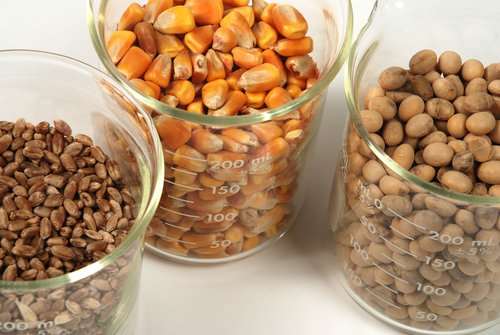The Field Crop Team reminds farmers that while wheat may be an option if they decide to remove their corn, there’s always risks of Fusarium head blight when planting wheat after corn.

Like corn, dry weather is impacting soybeans.
“Moisture is the critical factor between a thriving crop versus one which is struggling,” says the report.
The dry conditions are favourable for soybean cyst nematode infection. Farmers are reminded to gently dig and remove soil to examine the roots for small cysts that are white or yellow.
According to OMAFRA, the minimum target as of August 1 is 90,000 soybean plants per acre.
The winter wheat harvest has resulted in higher than average yields, especially in areas with little Fusarium/DON reported.
However, the dry weather impacted yields in areas with very sandy soils.
OMAFRA reminds farmers when the wheat is off to practice good weed management, especially with Canada fleabane, since it can deposit up to 30 million seeds per acre.